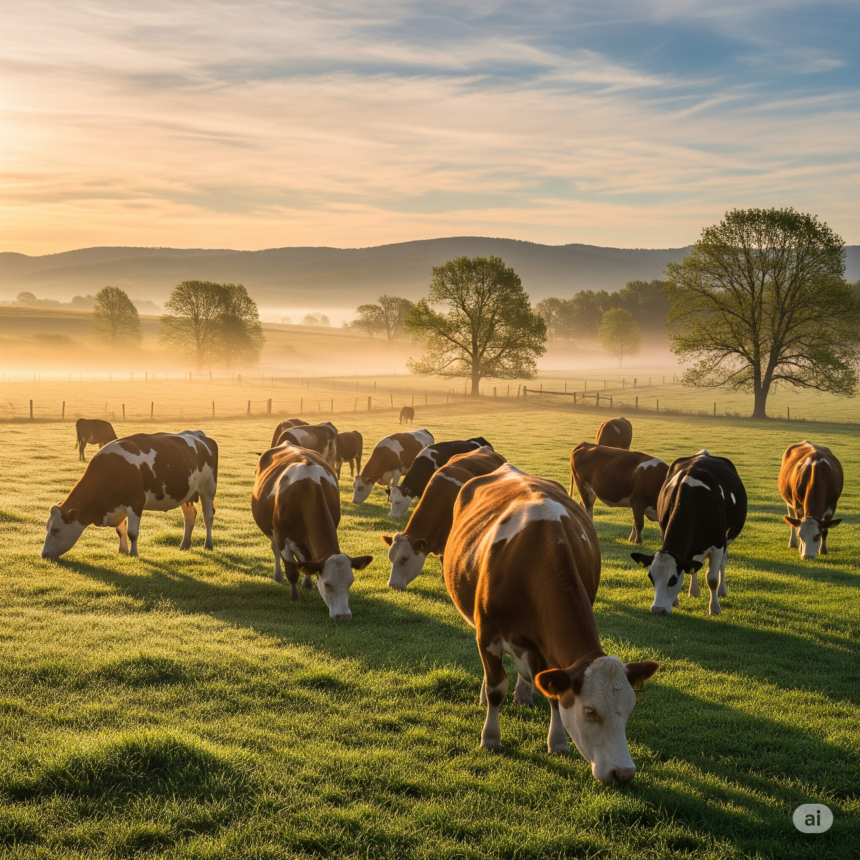Cows have long been a symbol of rural life, agriculture, and nourishment across cultures worldwide. Often regarded as gentle giants, these incredible animals play a vital role in our ecosystems, economies, and diets. In this article, we will delve into the fascinating world of cows, exploring their history, biology, cultural significance, and the important roles they play today.
A Brief History of Cows
Cows, scientifically known as Bos taurus, have been domesticated for thousands of years. Archaeological evidence suggests that humans began domesticating cattle around 10,000 years ago in regions of the Middle East. Over centuries, cows have been selectively bred for various traits, leading to numerous breeds tailored for milk production, meat, labor, or a combination of these.
Biological Insights
Cows are large, herbivorous mammals characterized by their distinctive features—broad bodies, large eyes, and prominent horns (in some breeds). They are ruminants, meaning they have a specialized stomach with four compartments: the rumen, reticulum, omasum, and abomasum. This complex system allows them to efficiently digest fibrous plant material like grasses and hay.
A typical cow can weigh between 1,000 to 1,800 pounds and live up to 20 years. They are social animals, forming herds that rely on strong bonds and communication. Their behaviors include licking, mooing, and grooming, all of which foster social cohesion within the herd.
Cultural Significance
Across cultures, cows hold deep symbolic meaning. In India, cows are revered as sacred animals, symbolizing life, fertility, and prosperity. In Western societies, they are primarily associated with agriculture and food production—providing us with milk, cheese, yogurt, and beef.
Cows have also been featured in art, literature, and religion, reflecting their importance in human history. Their gentle nature and vital contributions make them deserving of admiration and respect.
The Role of Cows Today
Modern agriculture relies heavily on cows for dairy and meat. However, concerns over environmental impact, animal welfare, and sustainable farming practices are prompting changes in how we view and manage these animals.
Innovations such as organic farming, ethical treatment, and humane milk and meat production aim to improve the lives of cows and reduce environmental footprints. Additionally, plant-based and lab-grown alternatives are gaining popularity among consumers seeking sustainable options.
Protecting and Appreciating Cows
Despite their importance, cows face threats from overgrazing, habitat loss, and industrial farming practices. Supporting local farms, choosing ethically sourced dairy and meat, and advocating for animal welfare can make a positive difference.
Learn More
If you’re interested in exploring more about animals, gaming, or related topics, visit owngaming.co.uk. Whether you’re a gamer, animal lover, or just curious, there’s plenty to discover on the site.
In conclusion, cows are truly the gentle giants of the animal kingdom—integral to human civilization and ecosystems alike. By understanding their biology, cultural significance, and the challenges they face, we can foster a deeper appreciation and commitment to their well-being.












